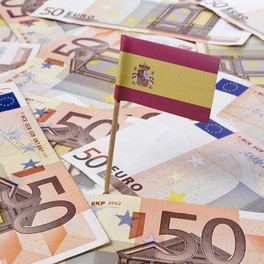Currency and Payment Tips in Spain
 Currency and Payment Tips in Spain
Currency and Payment Tips in SpainThe official currency in Spain is the Euro (€). If you’re planning a trip to Spain, it’s recommended to carry some cash with you. In smaller towns and local markets, card payments might not be accepted. However, in major cities and tourist areas, credit and debit cards are widely used.
ATMs are plentiful in Spain and generally accept international cards. However, be aware that some banks may charge transaction fees. Therefore, it’s a good idea to check your bank’s international fees before traveling. Additionally, during Spain tours, you may need to exchange currency, so opting for exchange offices in city centers instead of airports is usually more cost-effective.
Contactless payments are widely used across Spain. Apple Pay, Google Pay, and contactless credit cards are accepted almost everywhere. However, keep in mind that small businesses might only accept cash. This is particularly true for small cafés, shops, and street markets.
Tipping culture in Spain is not very common, but in restaurants, you can leave a tip of 5-10% for good service. For taxi drivers and hotel staff, small change is typically sufficient. This is also applicable during Spain tours when you receive services from local providers.
When shopping or dining in restaurants, it’s essential to pay attention to prices. VAT (IVA) is usually included in the prices, but in some tourist areas, additional service charges may be applied. Checking your bills and receipts can help you avoid hidden charges.
Lastly, when using your debit or credit cards for purchases in Spain, be mindful of the currency conversion rates. Paying in the local currency is generally more advantageous. These tips can help you manage your budget effectively, especially when considering Spain tour prices.
Other Contents

